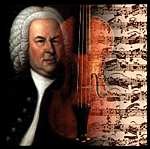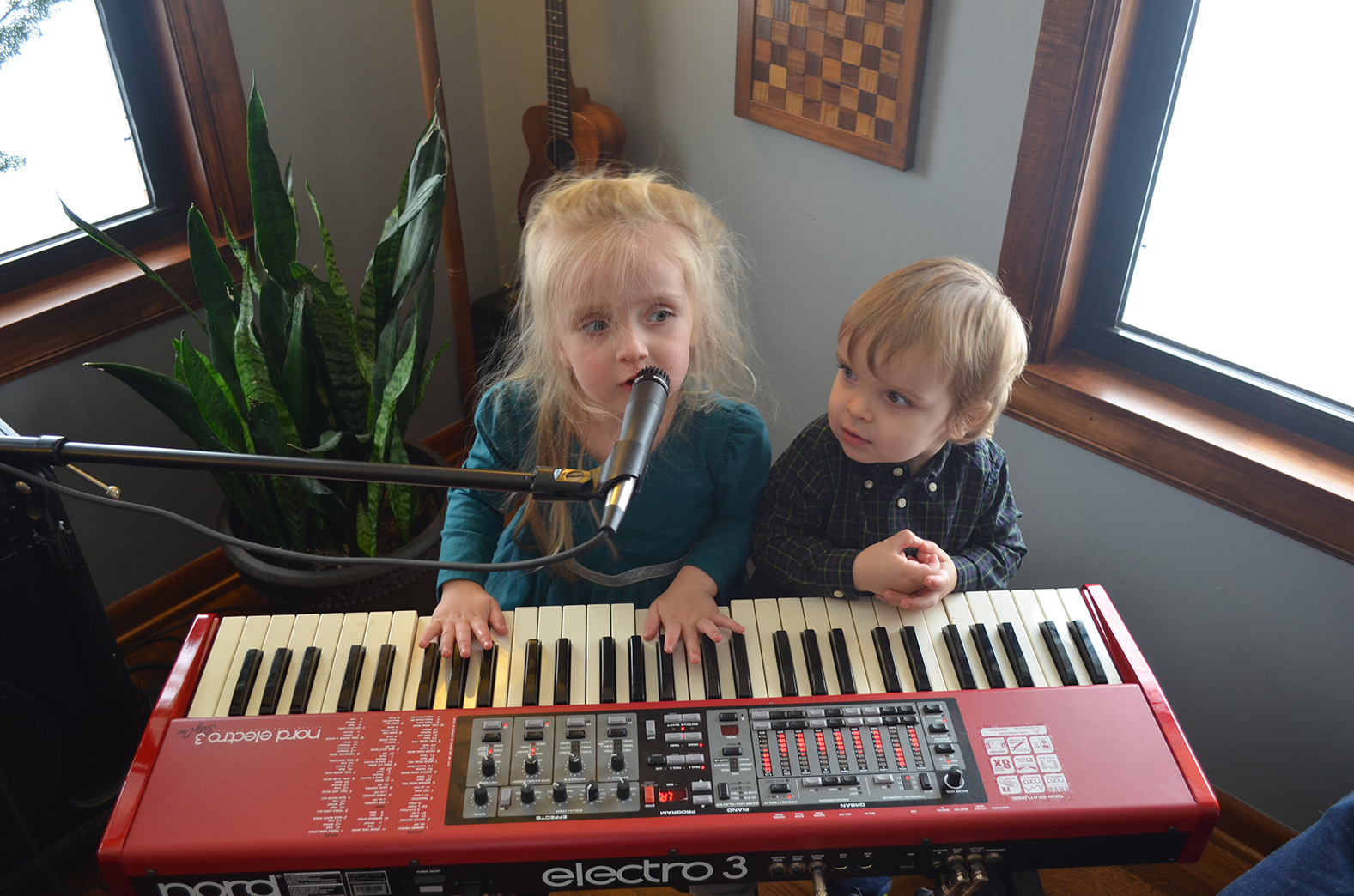
Unless otherwise indicated, all of these pieces were composed and/or performed between 1980 and 1983 when I studied music at Cameron University (BA in English, minors in philosophy and music; 1984). My music instruction prior to college consisted of an introductory guitar class in ninth grade, followed by a year and a half spent muddling through three slender volumes of the famously lame Mel Bay Guitar Method series and another year of only slightly more rigorous study of the classical guitar.
Originally a math major in college, I decided to pursue music studies in percussion performance and music composition after taking an introductory music theory course my first spring semester. Over the next three years I took percussion, piano, composition and flute lessons in addition to performing in marching and symphonic bands, percussion ensembles, the Lawton Philharmonic and pit orchestras for various musicals.
Yesterday’s (Re)Invention
We were tasked to compose an Invention a la Bach for my counterpoint class. I began with the first twelve notes of the Beatle’s Yesterday and (re)invented from there. Composed for soprano and baritone saxaphones. Performed by fellow students Michael Cox (soprano) and Herb Norton (baritone). David Anderson sat in on drum set with brushes. The performance was part of an end of semester original composition recital.
Twelve Fifty-Five
Composed for flute, clarinet and bassoon. Performed by faculty member and assistant band director Paul Kennedy (flute), and fellow students Mike Minson (clarinet) and a young lady whose name escapes me (bassoon). This recording took place in a twentieth-century techniques music theory class.
In Accordance With Discordance
Composed as a duet for piano and marimba. Performed by piano professor Virginia Sircy and fellow student Paul Robinson (marimba) for an end of semester original composition recital. The first part is my favorite. Very moody with the marimba rolling four-mallet chords based on the perfect fourth interval as opposed to the traditional major and minor thirds and the piano telling a story. With the second section, the two instruments try to get together but, at first rhythmically and then harmonically, they don’t quite manage. Hence the title.
Piano Improvization #1
After 5 minutes of improvisation, I conclude with Singing for Our Lives by Holly Near, a song I learned at a rally at the Oklahoma State Capital in 1986. If you listen close, I think there are moments of harmonic and even sonic inspiration.
Piano Improvization #2
A slower piano improvisation based on a four chord descending progression of d minor, c major, B flat major and a minor that had surfaced during my practice sessions. The first iteration of the theme is proceeded by a minute and a half introduction. Left hand gets a workout in this piece.
Fugue in C Minor
This fugue by Bach was the first piece I taught myself after taking piano lessons for three and a half years. I start off with a modest (that is too slow) tempo but proceed to speed up and slow down willy nilly. Caught up in it all I suppose. There are a few missteps; but–man–what a piece!
Puck
Composed by Edvard Grieg. Definitely puckish.
Invention in F Major
Another Bach piano standard for piano students.
Invention in C Major
Ditto.
Send in the Clowns
Composed by Stephen Sodheim. Actually learned the piece for an almost brother-in-law who used this recording to accompany his voice for a drama school audition in Miami, Oklahoma. He was accepted. Thank you. Thank you very much.
